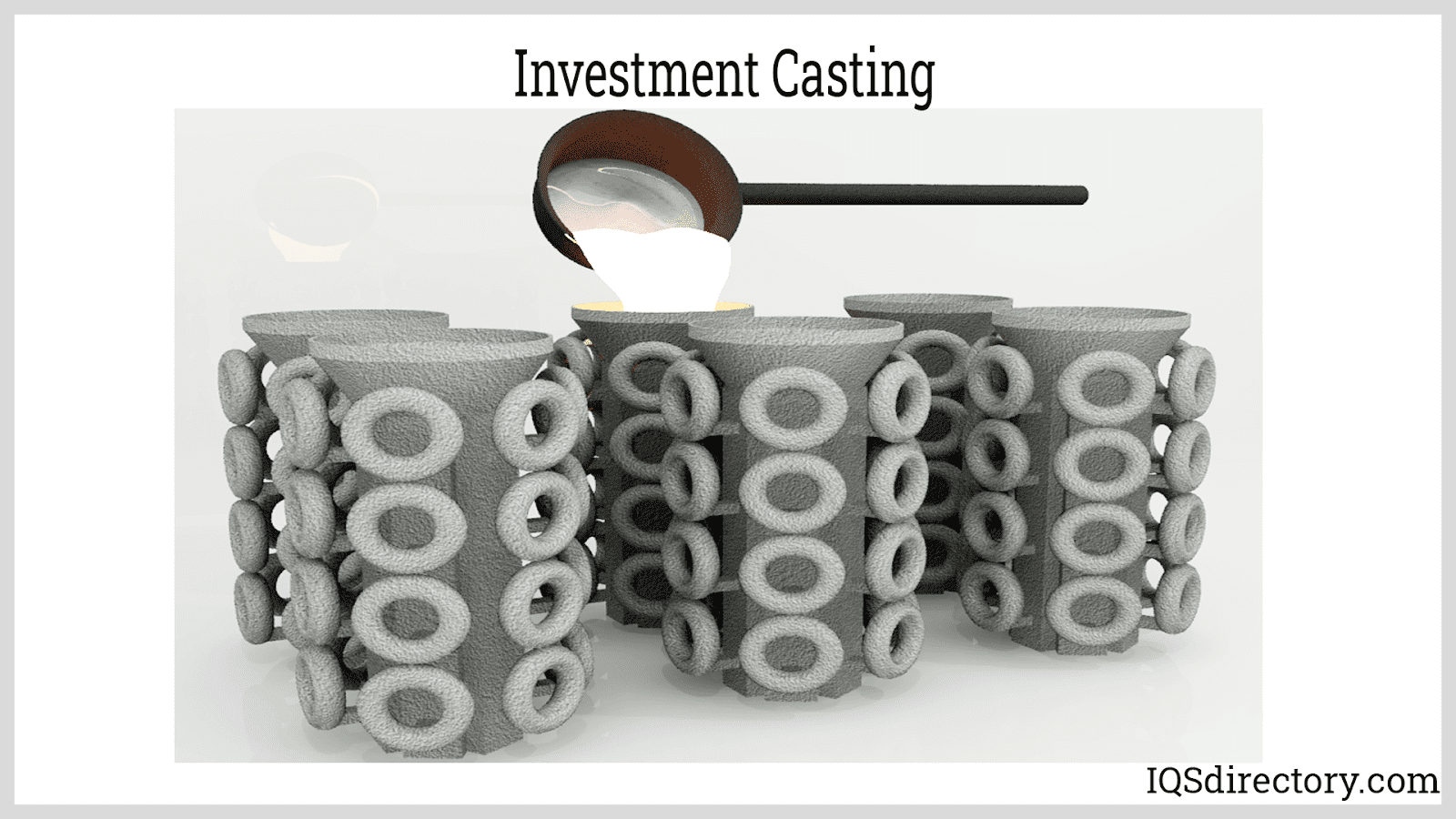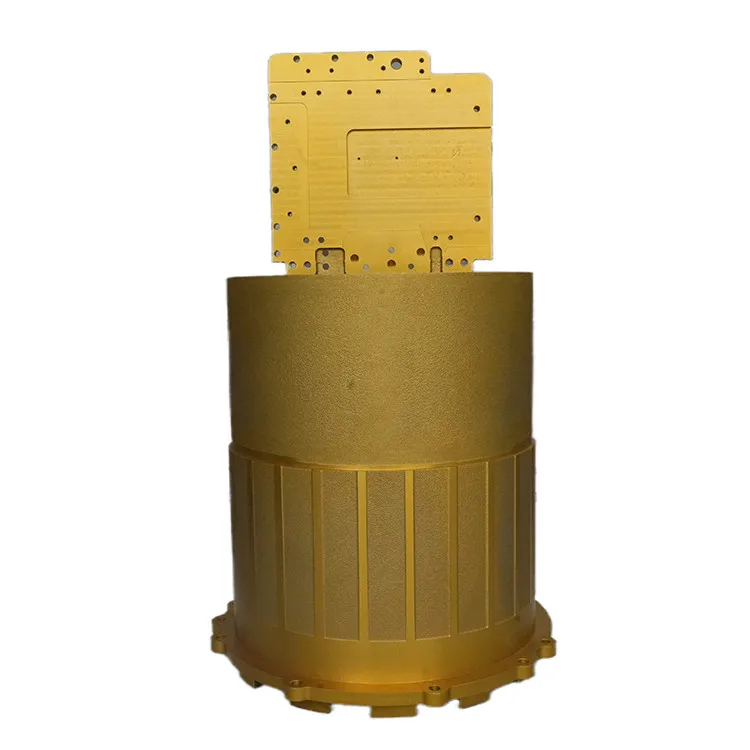Aluminum casting and its role in automotive advancements
Wiki Article
Recognizing the Environmental Advantages of Light Weight Aluminum Foundry Techniques
Aluminum shop strategies play a necessary role beforehand sustainability within the production industry. By applying innovative recycling methods and energy-efficient methods, these techniques considerably lower waste and carbon footprints. Innovative spreading methods better enhance source conservation efforts. As markets progressively prioritize ecological obligation, recognizing the full effect of these techniques comes to be essential. What details advancements are leading the means in this transformation?The Role of Aluminum in Sustainable Manufacturing
Lots of materials add to sustainable production, aluminum stands out due to its unique buildings and recyclability. This lightweight metal is not just long lasting yet also possesses outstanding deterioration resistance, making it an excellent choice for different applications, from automotive to building and construction. Its high strength-to-weight proportion leads to energy financial savings throughout transport and use. Light weight aluminum can be recycled forever without losing its integral high qualities, promoting a round economy.The manufacturing process of aluminum has actually progressed, incorporating energy-efficient approaches that reduce carbon footprints. By making use of renewable resource resources, makers are progressively minimizing the ecological influence connected with light weight aluminum production. Furthermore, using recycled light weight aluminum calls for significantly much less energy compared to drawing out and improving primary light weight aluminum, causing reduced greenhouse gas discharges. As markets seek sustainable remedies, aluminum's versatility and environment-friendly features position it as a crucial material in the pursuit of greener manufacturing methods.
Advanced Recycling Techniques in Light Weight Aluminum Foundries
Advanced recycling techniques in aluminum shops are transforming the means scrap light weight aluminum is processed and reused. Cutting-edge methods, such as closed-loop recycling systems, make it possible for foundries to redeem aluminum from manufacturing waste and obsolete items successfully. These systems minimize material loss and boost the quality of recycled aluminum, making it a sensible alternative to primary light weight aluminum production.Furthermore, advanced sorting modern technologies, including automated optical sorting and X-ray fluorescence, improve the splitting up of aluminum from other products, guaranteeing higher purity levels in recycled outputs. This precision decreases contamination, which can endanger the stability of the last item.
Moreover, the integration of advanced melting technologies, such as induction melting and energy-efficient furnaces, improves the recycling procedure, lowering energy usage. Collectively, these advancements add to an extra sustainable light weight aluminum sector by lowering dependence on virgin materials and lowering greenhouse gas discharges associated with light weight aluminum production.
Energy Effectiveness Improvements in Foundry Workflow
Power efficiency improvements in light weight aluminum foundry procedures can substantially enhance sustainability methods. Carrying out waste heat recuperation systems allows shops to repurpose excess power, lowering total power usage. Additionally, advancements in procedure automation improve procedures, causing lowered waste and optimized source usage.Waste Warm Healing
Implementing waste warmth recovery systems in light weight aluminum shops substantially improves power efficiency by recording and recycling excess thermal power created during manufacturing procedures. These systems assist in the conversion of thrown away warm into functional energy, which can be used for numerous applications within the shop, such as powering or pre-heating materials equipment. By recovering warm that would otherwise be gotten rid of into the atmosphere, shops can substantially reduce their total energy consumption and greenhouse gas exhausts. This strategy not just decreases operational prices but likewise promotes sustainable methods within the sector. In addition, the fostering of waste warmth recovery technologies lines up with regulatory criteria aimed at minimizing ecological influence, making it an important part of modern-day light weight aluminum shop procedures.Process Automation Benefits
Automating processes in light weight aluminum shops can considerably boost power performance by enhancing production process and lowering waste. By executing advanced technologies such as robotics and maker discovering, factories can enhance procedures, lessening unnecessary energy consumption. Automated systems facilitate accurate control over temperature and product handling, making certain that energy is made use of just when required. In addition, real-time surveillance permits for instant adjustments, minimizing the threat of energy loss. The integration of automation not just enhances efficiency but also decreases operational expenses, making foundries more affordable. Because of this, these energy-efficient practices contribute substantially to sustainability goals, reducing the environmental footprint of aluminum manufacturing while satisfying raising market needs - Aluminum Foundry. Improved power performance via automation represents a vital action towards greener factory proceduresMinimizing Waste Through Innovative Casting Techniques
Ingenious casting methods play a vital role in lowering waste in light weight aluminum foundries. Methods such as advanced molding and the usage of recyclable products substantially minimize production scrap. These techniques not just enhance efficiency yet also add to a much more sustainable manufacturing procedure.Advanced Molding Techniques
As sectors significantly prioritize sustainability, advanced molding methods in aluminum foundries arise as effective remedies for decreasing waste. These cutting-edge methods, such as 3D printing and precision mold production, substantially improve the performance of the spreading procedure. By making use of computer-aided design (CAD) and simulation modern technologies, suppliers can optimize mold geometry, reducing material usage while preserving item honesty. Furthermore, advanced methods make it possible for the manufacturing of intricate shapes that conventional techniques can not accomplish, decreasing the need for additional machining and consequently lowering scrap material. The adaptability of these strategies enables fast prototyping, additional reducing lead times and energy intake. Generally, the application of sophisticated molding techniques represents an essential action towards environmentally responsible aluminum manufacturing, straightening with worldwide sustainability goals.Recyclable Material Utilization
Recyclable products play an essential here role in minimizing waste within aluminum foundries, changing the casting landscape via their reliable use. By integrating scrap aluminum and various other recyclable parts into the manufacturing procedure, factories can considerably lower the need for virgin products. This not only conserves natural sources however also minimizes power usage related to mining and refining. Innovative spreading approaches, such as die casting and sand spreading, allow for smooth combination of these materials, making certain high-grade outcomes. Furthermore, making use of recyclable materials cultivates a circular economic situation, where sources are continuously reused and repurposed, lowering land fill contributions. Ultimately, the calculated use of recyclables enhances sustainability while advertising cost-effectiveness in aluminum factory procedures.Reducing Manufacturing Scrap

Life Cycle Assessment of Aluminum Products
Aluminum is widely identified for its resilient and light-weight buildings, a comprehensive Life Cycle Evaluation (LCA) discloses the environmental impacts associated with its production, disposal, and use. The LCA procedure examines the power intake, greenhouse gas discharges, and source exhaustion connected to light weight aluminum products from extraction of bauxite ore to end-of-life monitoring. Primary aluminum manufacturing is energy-intensive, usually depending on fossil fuels, which adds considerably to carbon impacts. In contrast, reusing light weight aluminum offers substantial ecological benefits, as it makes use of only a fraction of the energy needed for key manufacturing. The reusing process minimizes garbage dump waste and preserves all-natural sources. The LCA also considers the item's longevity and capacity for reuse, emphasizing the significance of sustainable style. On the whole, recognizing the life process effects of aluminum products is important for making educated decisions that focus on ecological sustainability within the sector.Instance Studies: Effective Lasting Practices in the Market
The light weight aluminum sector has actually begun to embrace innovative sustainable practices that deal with the environmental challenges determined in Life process Assessments. One significant case is a leading foundry that applied a closed-loop recycling system, significantly minimizing waste and energy consumption. By recycling scrap aluminum in manufacturing, the center accomplished a 40% decrease in its carbon impact.One more example entails a manufacturer that embraced sustainable energy resources, powering its operations with solar and wind power - aluminum casting. content This change not only decreased greenhouse gas discharges but additionally boosted the business's reputation amongst environmentally conscious customers
Additionally, a 3rd foundry has purchased sophisticated spreading techniques, which enhance material usage and minimize defects, even more lowering resource usage. These case research studies show that the light weight aluminum industry is qualified of incorporating sustainable methods, showing both environmental obligation and financial viability, eventually adding to a more sustainable future.
Often Asked Questions
Just How Does Aluminum Compare to Other Steels in Sustainability?
Aluminum is usually thought about more sustainable than lots of steels due to its recyclability, reduced energy requirements for production, and minimized ecological influence. Its lifecycle this article efficiency surpasses that of steel and copper in various applications.What Is the Carbon Impact of Aluminum Foundry Processes?
The carbon footprint of aluminum foundry processes varies, normally varying from 4 to 15 statistics heaps of carbon dioxide per lot of light weight aluminum created. Variables influencing this include energy resources, technology, and the performance of operations.Are There Health Threats Related To Aluminum Factory Operations?

What Are the Prices Linked With Lasting Light Weight Aluminum Techniques?
The expenses related to sustainable aluminum strategies consist of higher preliminary financial investments in innovation, possible boosts in operational costs, and ongoing upkeep. These are often balanced out by long-term cost savings and reduced ecological influence.
How Does Aluminum Recycling Impact Resident Communities?
Light weight aluminum recycling positively influences neighborhood communities by developing tasks, decreasing landfill waste, and reducing power prices. It cultivates economic development and advertises ecological stewardship, leading to healthier living problems and boosted area involvement in sustainability campaigns.Furthermore, the use of recycled aluminum calls for substantially much less power contrasted to removing and improving main light weight aluminum, leading to reduced greenhouse gas discharges. Advanced recycling techniques in light weight aluminum shops are revolutionizing the method scrap aluminum is refined and recycled. Precision aluminum casting. Implementing waste warmth healing systems in aluminum factories considerably improves energy effectiveness by capturing and recycling excess thermal energy generated throughout production processes. Automating processes in aluminum shops can greatly boost power efficiency by maximizing production operations and minimizing waste. The carbon impact of aluminum shop processes differs, usually varying from 4 to 15 metric lots of CO2 per ton of light weight aluminum produced
Report this wiki page